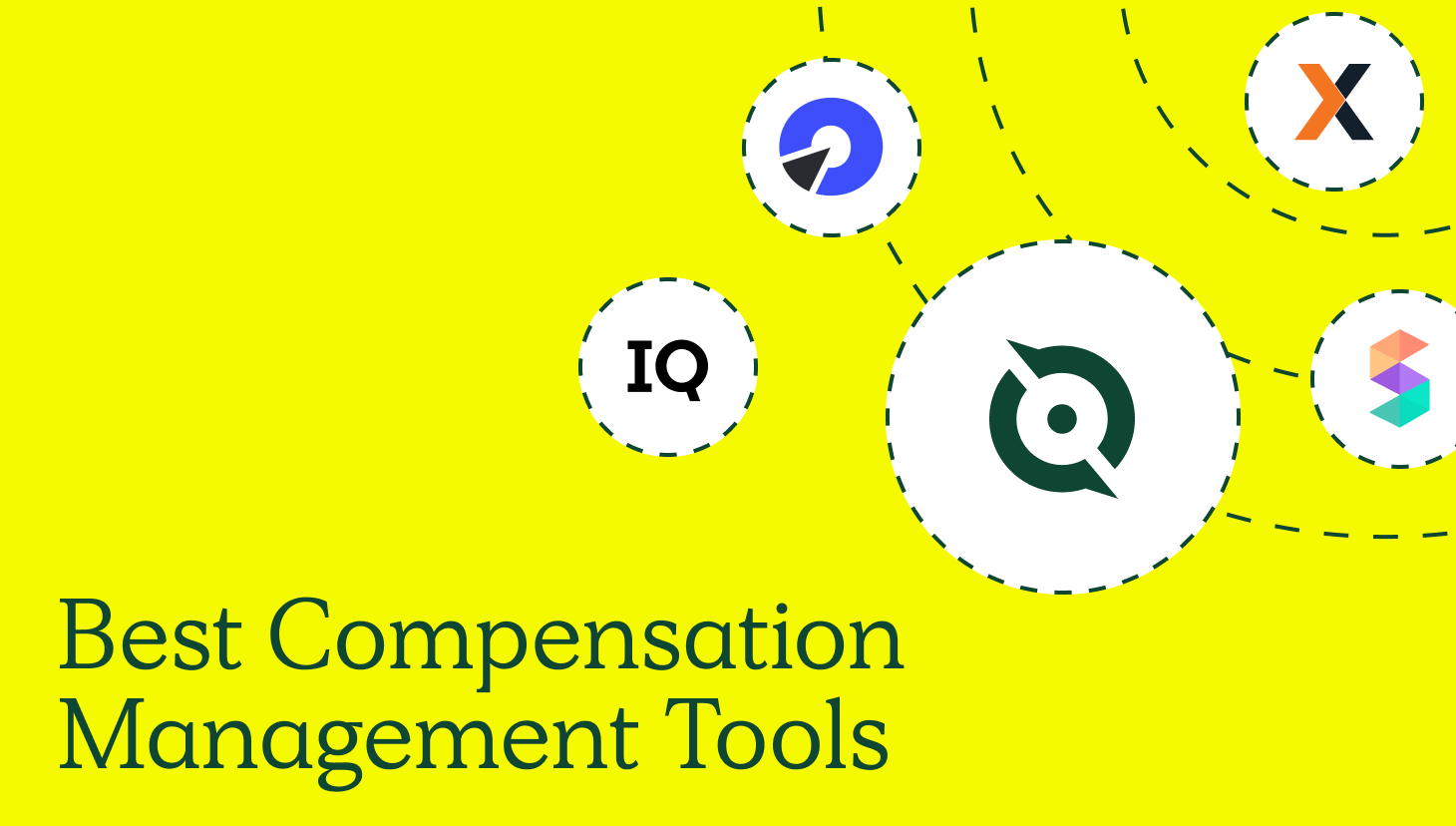This blog marks the first of four in a series highlighting the challenges and solutions around sales compensation planning and comp plan examples. Our contributors span the sales industry and have experience at the startup, mid-market, and enterprise levels.
As our Compensation Trends Survey indicated, just 9% of leaders feel confident they have the best sales commission structure in place for their business.
Reps, too, aren’t feeling the love for sales compensation, citing frustrations over a lack of understanding and lack of motivation when it comes to their plans. Two important components considering that more than 50% of reps put on-target earnings at the top of their list when considering job options, according to our survey.
But why is it so hard to align reps and leaders?
Is it the poor habits of sales leaders trying to force a plan that worked at a previous company onto a new team? An oversight to leave out the goals of the individual contributors when considering those of the company? Or, is it the pressure of having to anticipate a team’s performance that comes with no guarantees?
Twist. It’s all three, and then some.

Compensation Hub
Discover, compare, and build compensation plans. Customize compensation models using 9 variables.
Find Compensation PlansAs such, leaders fail to recognize the nuances between roles and a disconnect builds between what’s happening on the front line versus what’s happening operationally.
Sales Leader, Advisor, and Coach at Winning By Design, Kevin “KD” Dorsey called that disconnect a “misalignment between people and goals.”
“You have to understand how individuals make decisions when it comes to compensation,” KD said. “The person element in the plan is where the struggle lies. The plan always makes sense in a spreadsheet, but once it hits the people, it breaks.”
The ripple effects on your business and people
“Bad plans lead to reps completely outperforming expectations, someone trying to ratchet it back, and more often than not, you end up with salespeople who can’t hit their OTE, resulting in high turnover,” Liz said.
The latter is especially crippling when sales turnover jumped 39 percent quarter over quarter a year ago over the previous three months and when sales jobs ranked as the second highest in demand role across the world, per a LinkedIn report.
So, how can you approach sales compensation in a way that promotes good selling behavior, rewards competitively, and drives your business goals?
Liz, Amy, and Kevin shared steps to immediately implement in your comp planning process. We also feature their favorite comp plans below, which you can also check out in Compensation Hub.
KD: Make it simple. My comp plans today have three drivers at most.
Out of the 40 comp plans I’ve built in my career, the worst plan was an absolute dumpster fire. I paid off both revenue and self-generated pipeline, and your close rate. I wanted to pay them to do all the things I asked them to do, which resulted in a super complicated plan.
The second plan I ever made though was actually the best one, and I’ll probably never be able to do it again. It paid on recurring revenue based on quota attainment and it made people think long-term.
You didn’t make a lot of money right away, but it built up over time. You were always chasing that accelerated rate because if your percentage was 12 points on a million ARR or 12 points on $50K MRR, once you got to 15%, it was a huge hump in pay.
This plan also made it so I could tell someone where they were capped on OTE based on their churn rate. I could say, ‘You’re never going to make more than $92K in this role unless you improve the types of deals that you’re closing.’
It was so simple, and it worked so well.
Amy: You have to understand the market.
What does the job require to do the job well? Do you even know what the job or role is?
Most people make the mistake of assuming and don’t understand it as a result. We absolutely need RevOps and accounting involved in building the plans. It’s an ecosystem and not an us versus them. But if you’re relying on an algorithm that nobody understands, and now I need a legend to figure out how I get paid, that’s not going to bode well for anybody involved.
Understand how your buyers buy, what it takes to be successful, how long it takes to build a pipeline, and then start mapping that back.
Start with what is the work within the segment that’s required to do this.
For instance, my background in enterprise sales has some heavy-duty, gnarly, complex multi-threaded global accounts. It takes an average of 12 months at the very least to build a pipeline. If you design a comp plan for a commercial team, and you expect production in three months, that creates a huge disconnect.
Understand how your buyers buy, what it takes to be successful, how long it takes to build a pipeline, and then start mapping that back.

Compensation Hub
Discover, compare, and build compensation plans. Customize compensation models using 9 variables.
Find Compensation PlansThe beauty of reps is that they are motivated by sales compensation plans. So if you roll out a bad plan, they will find the loopholes.
Lastly, test the changes. Try new models of the comp plan without rolling out one huge adjustment. Test them in a more controlled environment and add gradual changes.
Comp plan examples
We hope you found Amy’s, Liz’s, and KD’s tips helpful. We know we certainly did. But now let’s see their compensation philosophies in action. We asked each leader to pick a successful tiered sales commission structure that they’ve implemented.
Feel free to borrow their plans but be sure to plug in your business inputs so that it aligns properly. If not a fit, explore a different compensation plan template from the 15 structures in Compensation Hub.
Amy’s most effective plan for Enterprise AEs
One thing to keep in mind when it comes to enterprise compensation plans is that reps typically run the full cycle with the customer. This means that an account manager or customer success rep does not step in once the deal wraps.
The comp plan should match. Enterprise reps should earn commissions when securing the new account, retaining that account, and when expanding the account.
Amy’s plan: Accelerators with Milestone Bonus
Annual OTE: $320K
Base to variable: $160K | $160K
Liz’s most impactful comp plan for Post-Series A, Series B Companies
Liz primarily supports startup teams who fall between Series A and Series B funding rounds. Although we recommend a Quota:OTE multiplier of 5x, given the stages of the companies she works with, you’ll notice her plan includes a 4x multiplier.
A sales compensation plan like this one provides flexibility to adjust the plan on a more regular basis as sales cycles change while they scale.
This multi-tier plan includes two rates, a 10% commission rate on all deals before achieving 100% quota, and a bump to 15% after hitting the full target. Her only change would be to add two more tiers, which would add a gradual increase in commission rates as the rep moves toward the goal.
Liz’s plan: Commission with Accelerators
Annual Quota: $750K
Base to variable: $75K | $75K
KD’s “dollar in/dollar out” comp plan
KD’s okay with a decelerator as long as they aren’t super extreme. Unlike a cliff, which doesn’t pay a rep anything until they hit specified attainment, a decelerator pays a percentage. The caveat is that it pays at a lesser rate than the plan’s base rate until the rep hits the attainment level that bumps them to the base rate.
His plan does a great job of eliminating the risk of sandbagging.
KD’s plan: Commission with Accelerators and Decelerators
Annual OTE: $175,000
Base to variable: $105K | $70K
Want to see more plans from sales leaders throughout the industry? Check back next week for three more.

Compensation Hub
Discover, compare, and build compensation plans. Customize compensation models using 9 variables.
Find Compensation PlansCheck out our integrations page to see how we fit into your tech stack. To learn more, book a time with a member of our team today.



